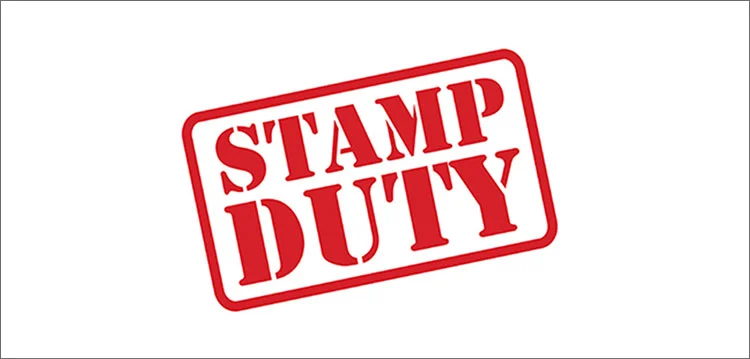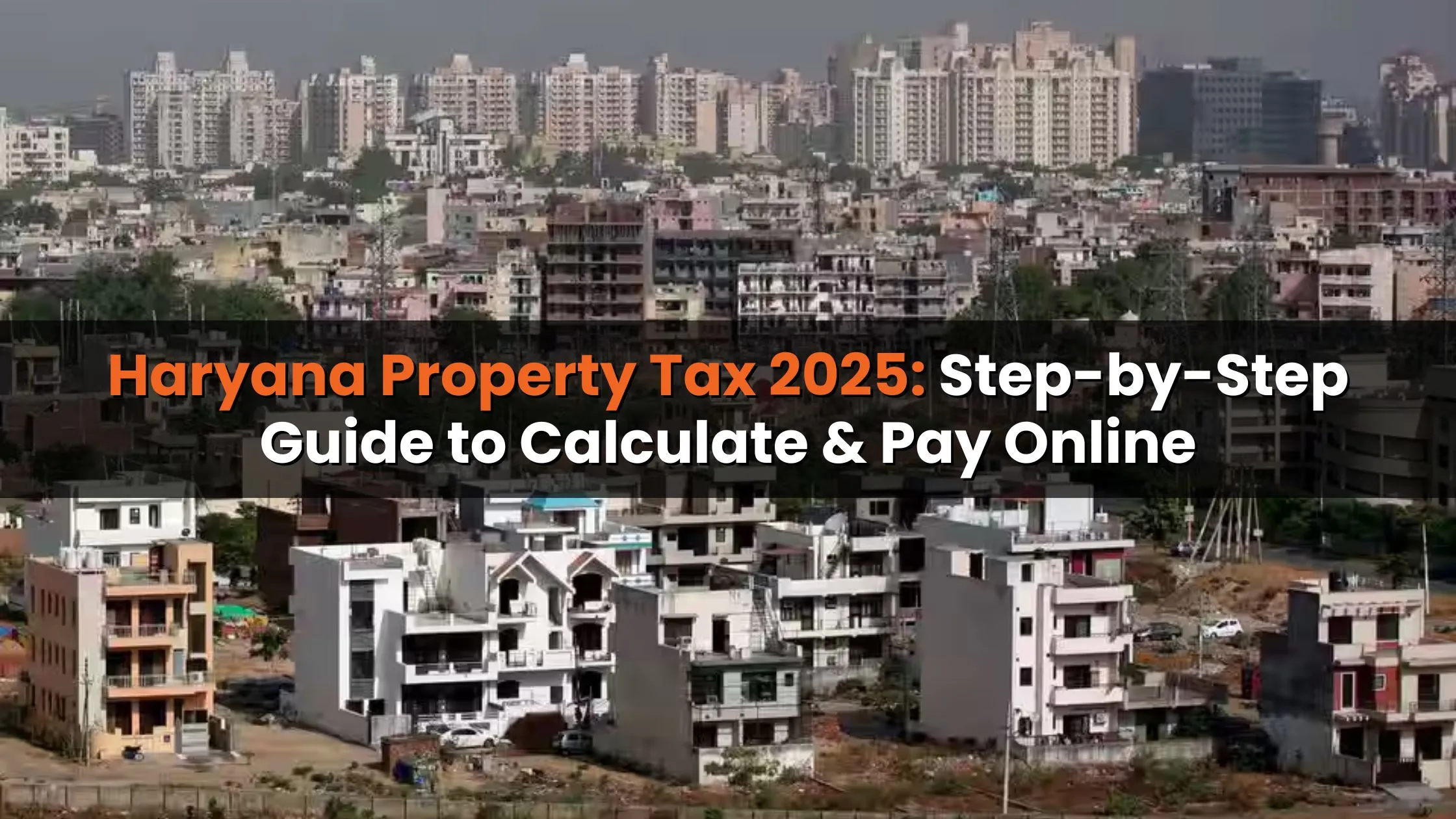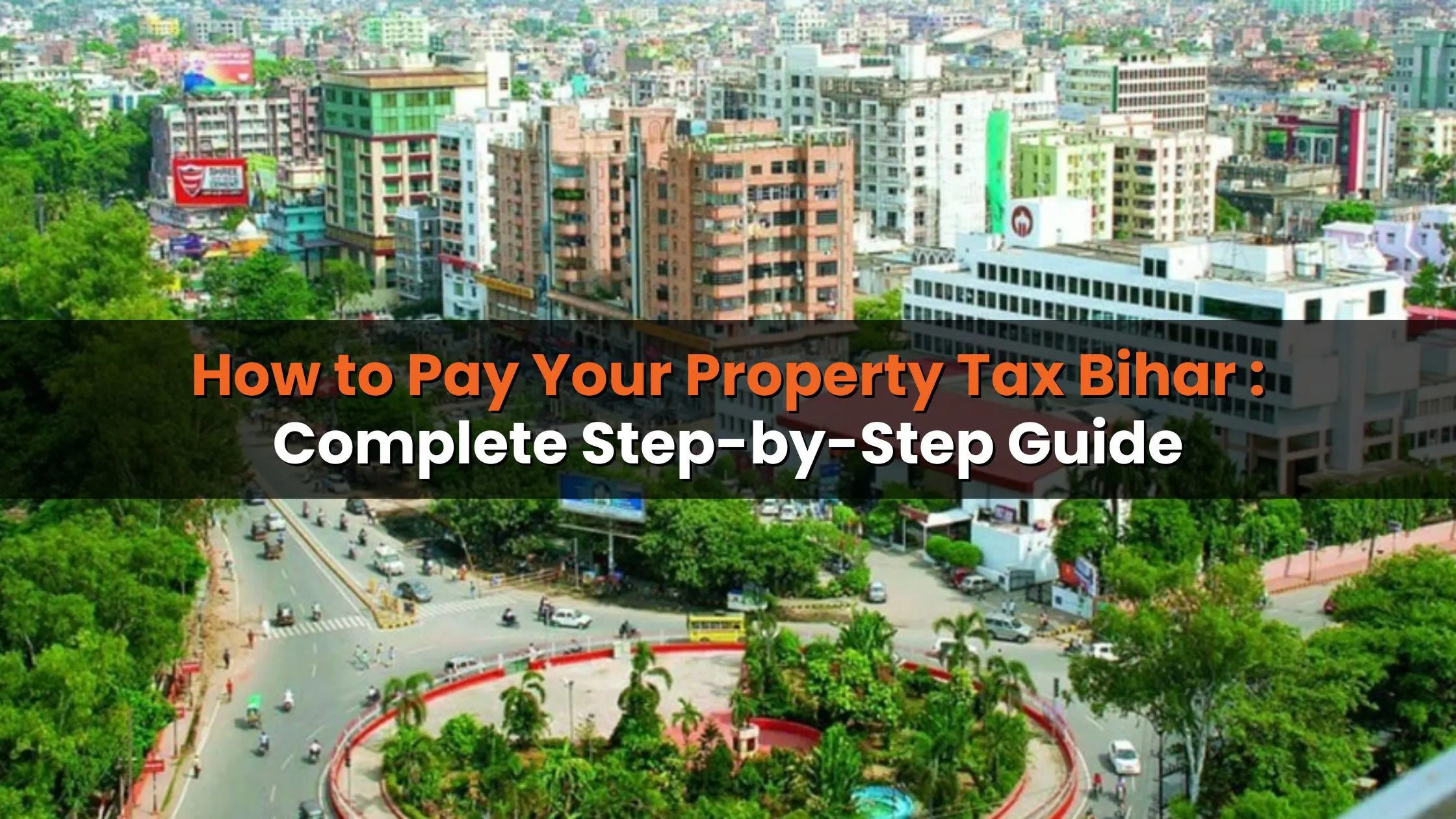In India, homebuyers are required to pay stamp duty at the time of property registration. Ranging from 3-8% of the transaction value (exact rates vary by state), stamp duty significantly adds to the financial burden of homebuyers. Failure to pay stamp duty results in having to pay the outstanding amount plus a penalty of 2% of the outstanding amount per month. The penalty can escalate to as high as 200% of the original liability. While there is no room for evasion, there are several legally sound methods to mitigate this additional cost to some extent. This article outlines six such strategies.
What is stamp duty?
Stamp duty is a tax levied by states in India on property transactions. This tax must be paid by the buyer to the state government through the office of the sub-registrar at the time of property registration. Along with the stamp duty, an additional tax called registration fee must also be paid in lieu of the documentation. Since states are responsible for levying this tax, rates differ from one state to another.
Stamp duty in key Indian states in 2024
| States | Stamp duty (as percentage of transaction value) |
| Andhra Pradesh | 5% |
| Arunachal Pradesh | 6% |
| Assam | 6% |
| Bihar | 6% |
| Chhattisgarh | 5% |
| Goa | 3-6%, based on transaction value |
| Gujarat | 4.90% |
| Haryana | 5-7% depending on area |
| Himachal Pradesh | 6% |
| Jharkhand | 4% |
| Karnataka | 3-5%, based on transaction value |
| Kerala | 7% |
| Madhya Pradesh | 8% |
| Maharashtra | 3-6% based on transaction value |
| Manipur | 4% |
| Meghalaya | 9.90% |
| Mizoram | 5% |
| Nagaland | 8.25% |
| Odisha | 5% |
| Punjab | 7% |
| Rajasthan | 6% |
| Sikkim | 5% |
| Tamil Nadu | 7% |
| Telangana | 4% |
| Tripura | 5% |
| Uttarakhand | 5% |
| Uttar Pradesh | 7% |
| West Bengal | 3-5% based on property value |
| Delhi | 6% |
Legal methods to save on stamp duty payment
The registration law of 1905 and the Indian Stamps Act make it mandatory to register property documents like conveyance deed, title deed and gift deed, etc. Aside from the fact that it is a legal necessarily, payment of stamp duty is also important to avoid penalties. The law provides for a penalty of up to 10% of the liability in case of stamp duty evasion. You will also not be able to use unstamped property documents as evidence in a court of law in case of a future dispute. While non-payment of stamp duty is not an option, there are legally safe ways to cut down on stamp duty on property purchases in India.
1. Get sale deed registered in the name of a woman
With few exceptions, most states in India provide discounts to women homebuyers. In the national capital, Delhi, for example, women buyers are subject to a reduced stamp duty of 4% compared to the 6% rate for male buyers. One option to take advantage of this benefit is to register the property in the name of a woman in the household.
It's also possible to avail of this discount when the property is co-registered in the name of a woman, although the discount in this scenario may be lesser.
Caution
Property acquisition is a highly personal and complex matter. Choose this option only if you don’t foresee any legal troubles about title ownership and its misuse in future.
2. Pay stamp duty based on circle rate/guidance value
Circle rates serve as the government-determined threshold below which property registration is not permitted. These rates are utilized as a benchmark for calculating stamp duty. Given that in certain cases the circle rate may be lower than the market value of the property, one may contemplate registering the property based on its circle rate value.
For instance, suppose a property costs Rs 1 crore due to high market rates in the locality, but based on the circle rate value, the property's cost amounts to only Rs 80 lakh. Registering the property at the circle rate value ensures legal compliance. In the case of a property in Delhi, a woman buyer would pay Rs 3.20 lakh (4% of the property value) as stamp duty. If she were to register the property at the purchase value of Rs 1 crore, she would have to pay Rs 4 lakh.
Caution
Opting to register property at a circle rate entails reducing the documented value of your property. Consequently, if you decide to sell this property in the future, you may encounter limitations in demanding a higher price, such as Rs 1.20 crore, for a property that was registered at Rs 80 lakh a few years ago. Additionally, this approach may result in the application of capital gains tax at a higher rate.
3. Appeal for market rate determination
Occasionally, the market rate of a property may fall below the circle rate. Yet, because the law mandates payment of stamp duty based on circle rates, you could find yourself paying higher stamp duty for a property with a lower value. However, there is a solution to this situation.
Section 47 of the Indian Stamps Act allows buyers the freedom to file an appeal with the sub-registrar to review circle rates in case the market value of a property is lower than circle rates.
“When any bill of exchange or promissory note chargeable is presented for payment unstamped, the person to whom it is so presented (sub-registrar), may affix, thereto, the necessary adhesive stamp and, upon cancelling the same in manner, hereinbefore, provided, may pay the sum payable upon such bill [or note] and may charge the duty against the person who ought to have paid the same or deduct it from the sum payable, as aforesaid and such bill [or note] shall, so far as respects the duty, be deemed good and valid,” reads Section 47.
Caution
Pending your appeal, the property will remain unregistered. In case the sub-registrar is not convinced, you may end up paying the old stamp duty as well.
4. Register under-construction property at lower undivided share
For an under-construction property, the buyer is required to pay stamp duty based on the construction cost and their undivided share in the land on which the structure is being built.
In states like Karnataka and Tamil Nadu, buyers of under-construction properties pay stamp duty in two installments. Initially, the property is registered in the buyer's name based on their undivided share (UDS). A lower UDS would consequently result in lower stamp duty. Upon project completion, the property undergoes a second registration, with stamp duty calculated based on the entire property value.
Caution
Doing so would mean taking a monetary hit if you were to sell this property. This is a permanent depreciation you may be inflicting on your property.
5. Make use of state-specific rebates
A buyer invests considerable time in researching future purchases. It is advisable to study the local stamp duty laws as there are specific benefits available at the time of property registration that vary by state.
For example, in Uttar Pradesh, the stamp duty on property transfers within a family is capped at Rs 7,000 (comprising Rs 6,000 as stamp duty and Rs 1,000 towards processing fees). In Maharashtra, property transfers within a family attract only Rs 200 stamp duty, although the government is currently reassessing this provision to enhance revenue collection.
Caution
Such rules may typically be more gift- and will-centric rather than real transaction-centric.
6. Avail of tax benefits on stamp duty
You can achieve savings when discharging your income tax liability. According to Section 80C of the Income Tax Act, a buyer can avail of a deduction of up to Rs 1.50 lakh for stamp duty and registration charges paid on property purchases. In cases of joint ownership, each owner can claim this deduction in proportion to their share in the property.
Caution
This deduction is available only to individuals and Hindu Undivided Families (HUFs). It can be claimed in the fiscal year during which the stamp duty and registration charges were paid. For instance, if you purchased and registered the property on October 20, 2022, you can claim the deduction in the financial year 2023 (from April 2022 to March 2023).
Legal point of view
Legal experts caution against undervaluing property during registration solely to save money on stamp duty payments. They assert that such actions can lead to significant legal and financial repercussions.
For instance, if you undervalue your property during registration, it can become challenging to find a buyer willing to pay the fair value when you decide to sell. Even if a buyer is found, you, as the seller, may incur substantial taxes on capital gains.
For example, if a property worth Rs 1 crore is registered at Rs 80 lakh in 2005 and then sold for Rs 1.5 crore in 2010, the seller would earn a profit of Rs 70 lakh. Of this amount, 20% (Rs 14 lakh) must be paid as taxes. However, if the property were not undervalued initially, the owner would pay 20% of Rs 50 lakh as long-term capital gains tax, totaling Rs 10 lakh.
Also Read: How to save tax on sale of agricultural land in India? What are exemptions?







_1767854635.webp)

_1767769068.webp)


Ans 1. Stamp duty rates on property purchases could range between 3-10% in India. The exact rate would be decided by the state of residence.
Ans 2. Stamp duty rates are decided by the property value, the location of the property and the state-specific stamp duty law.
Ans 3. Circle rates, also known as the guidance value of ready reckoner rates, are the government-determined benchmark rates below which a property can’t be registered in state records.